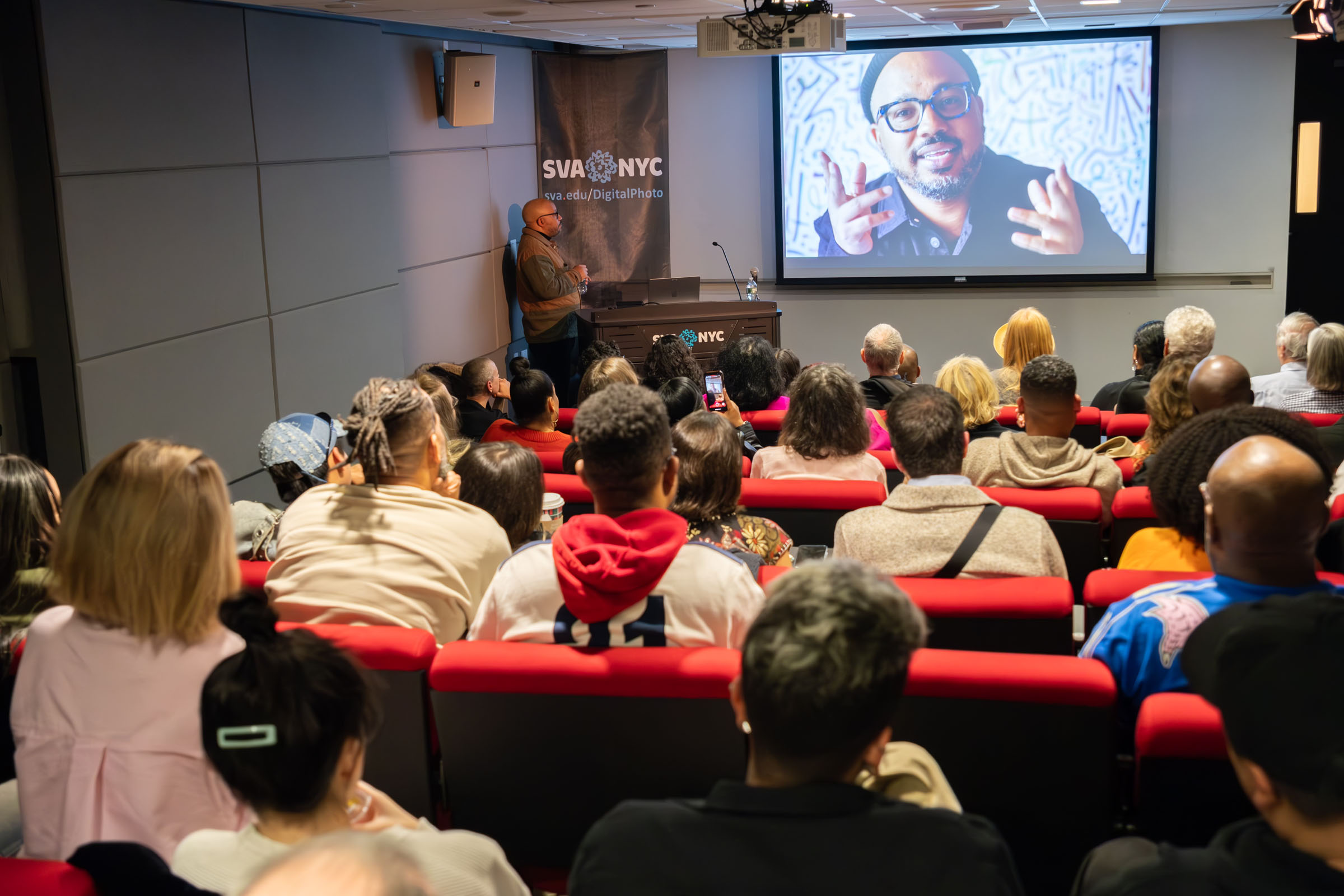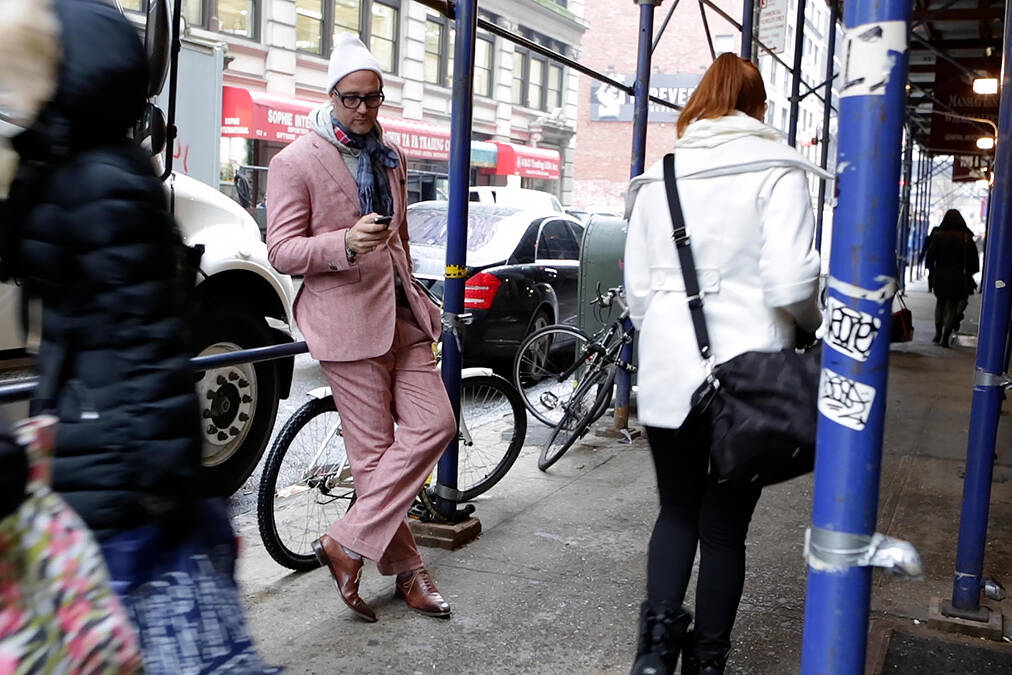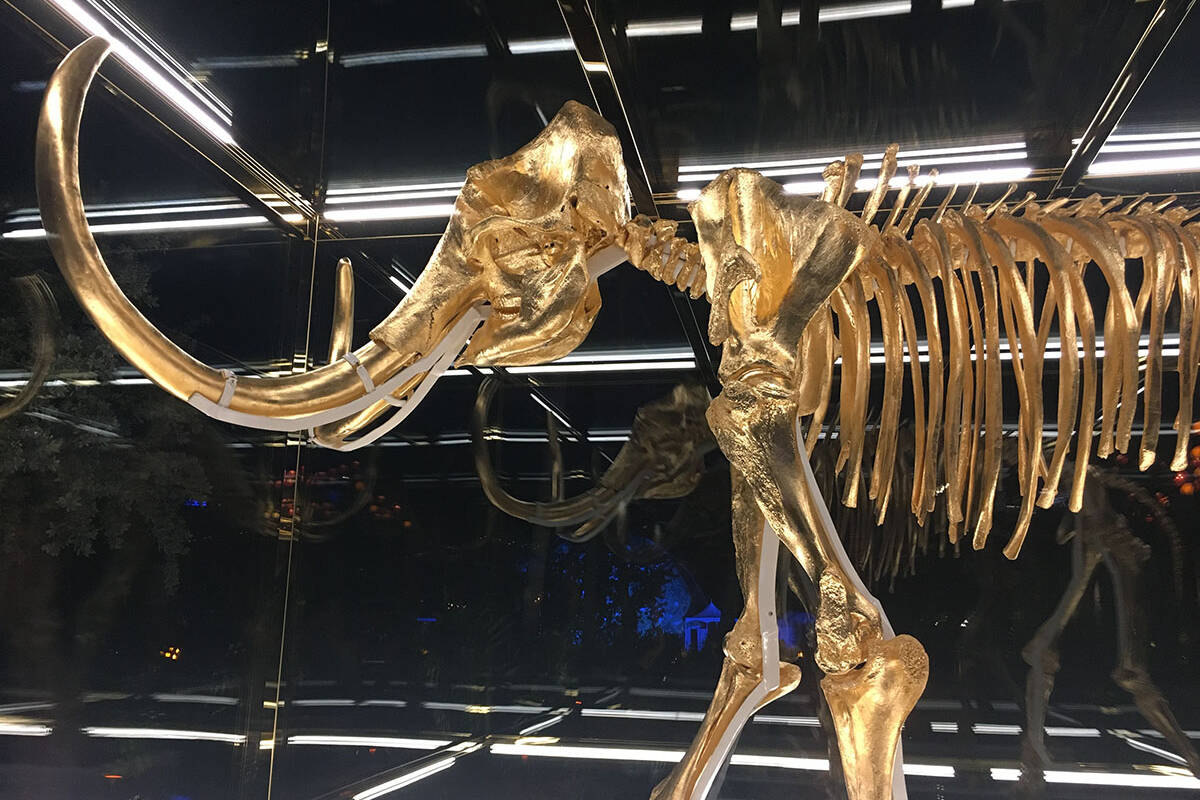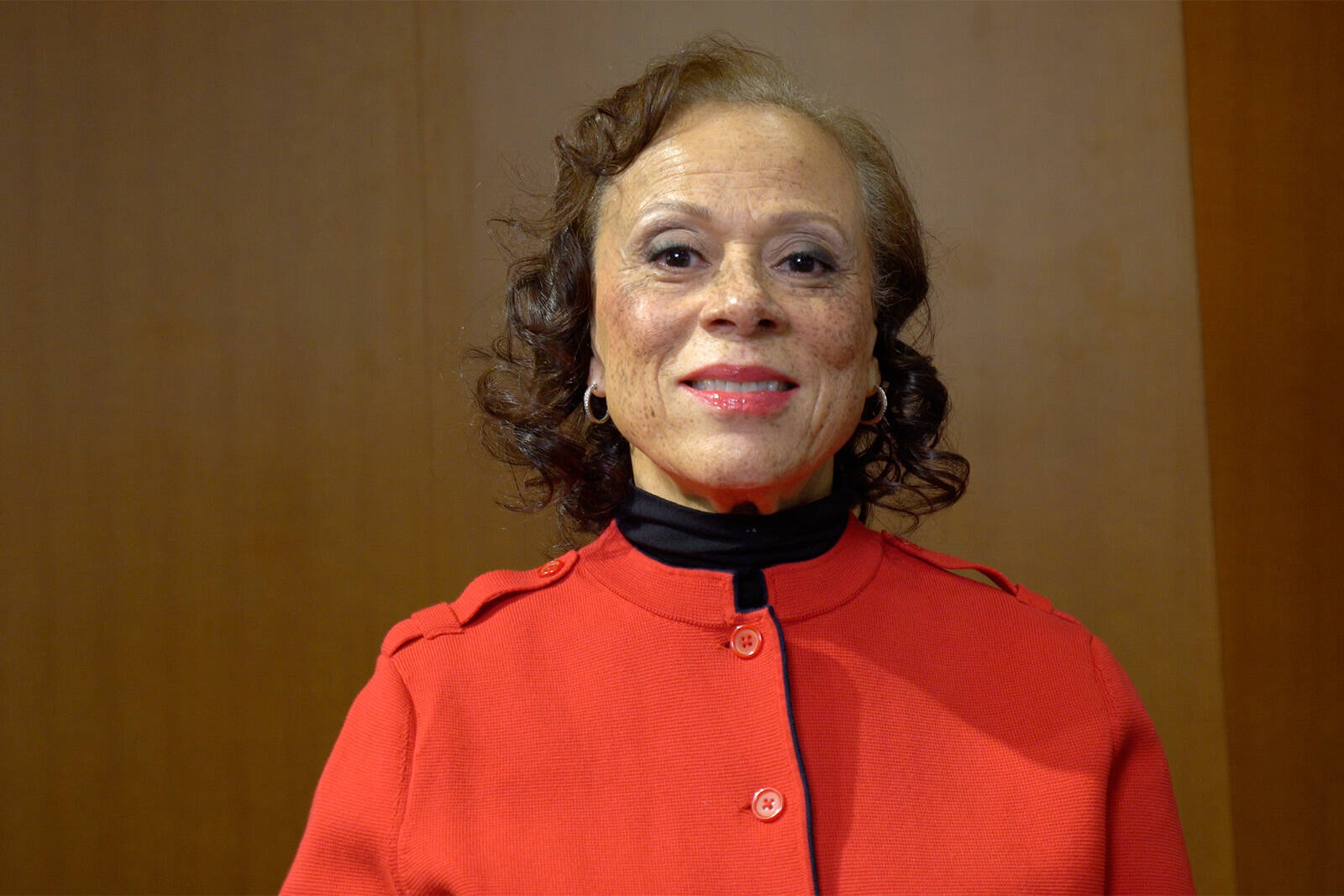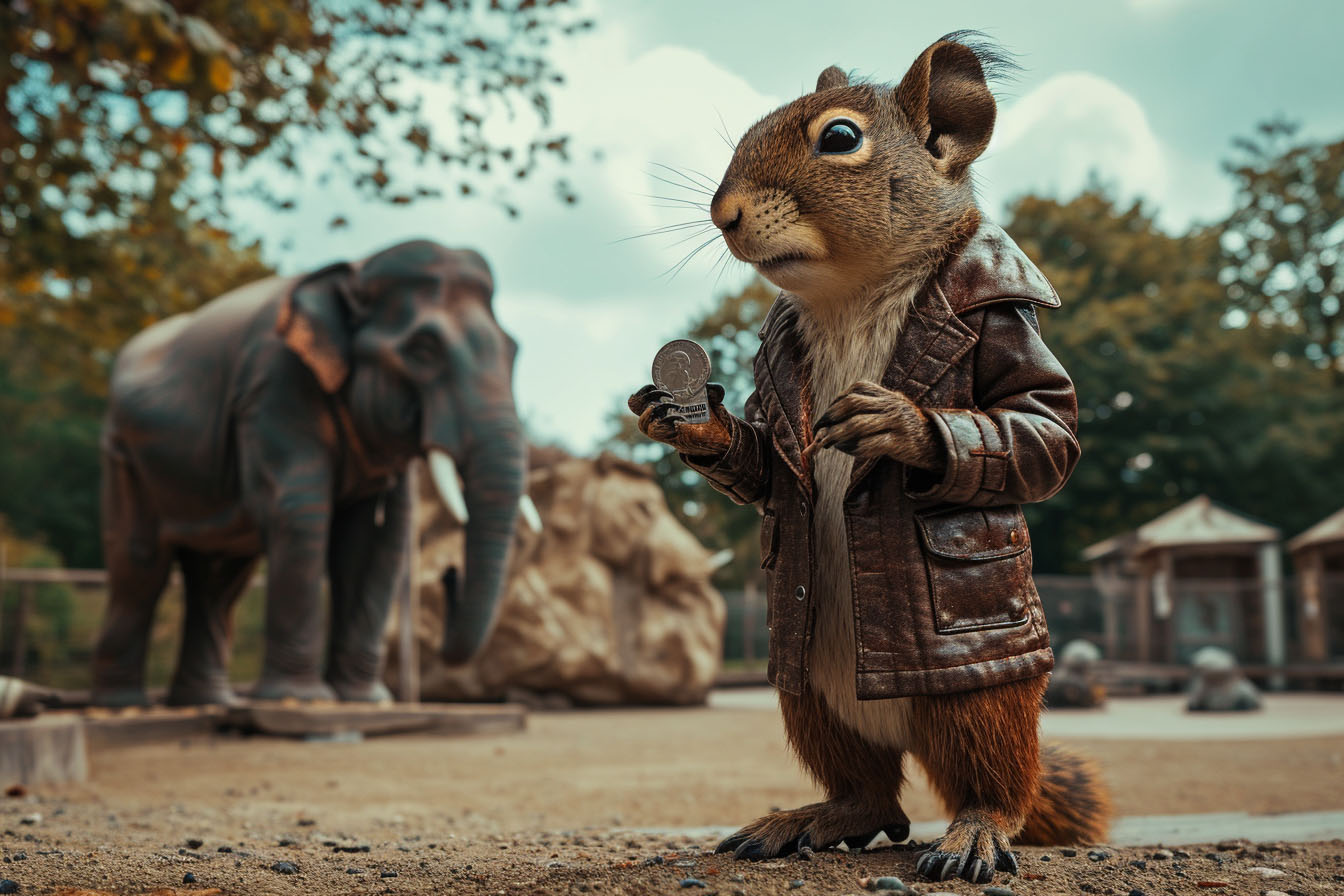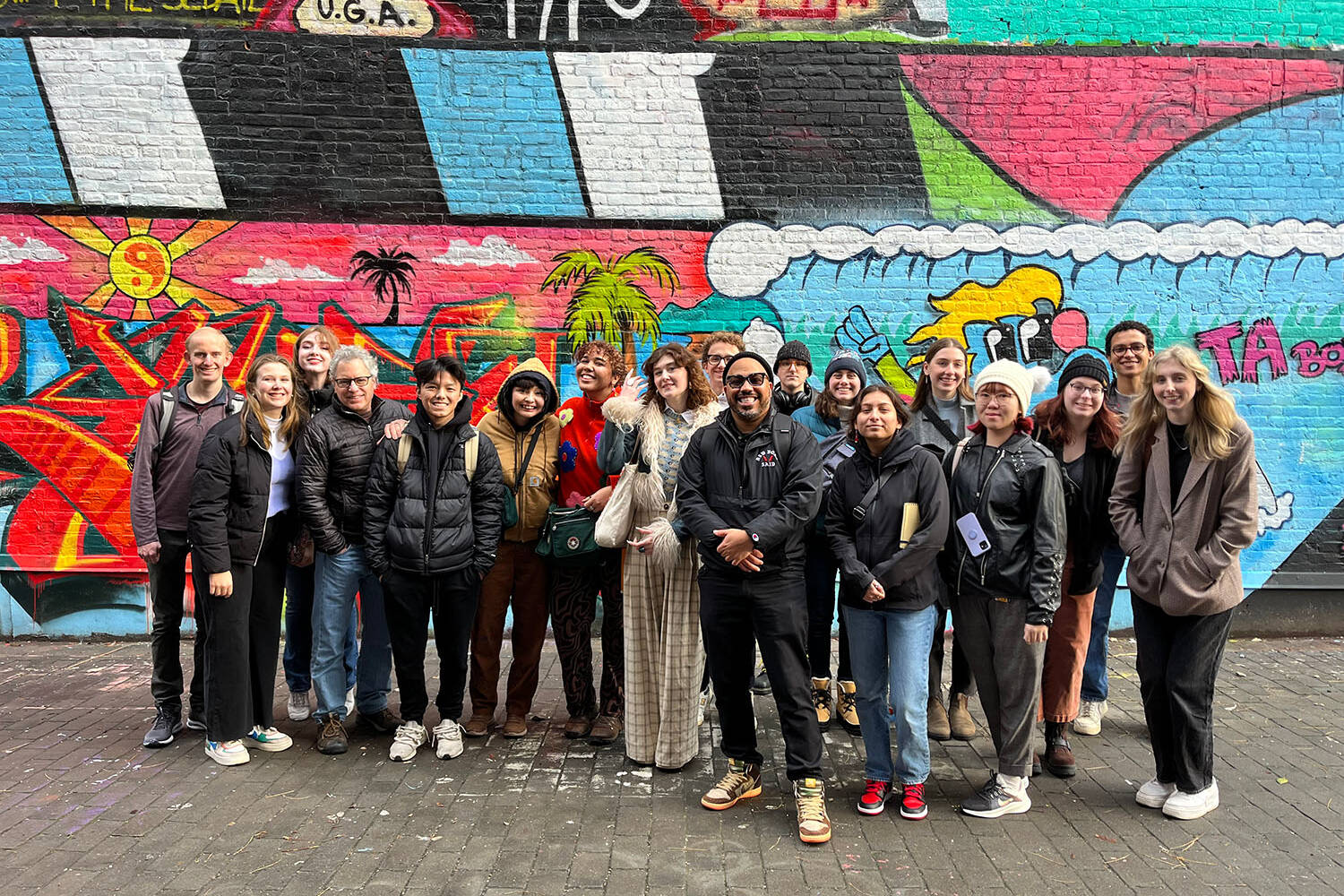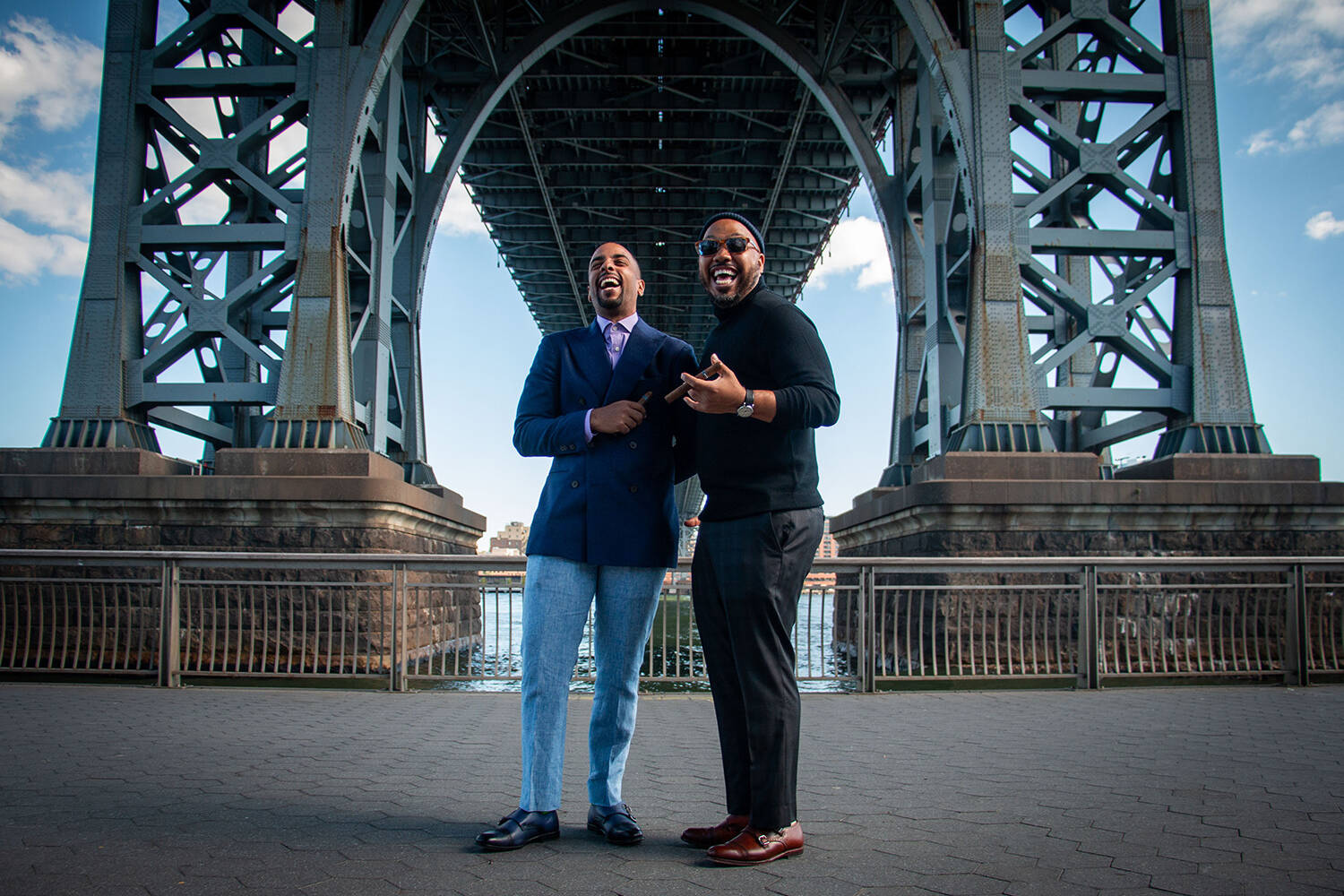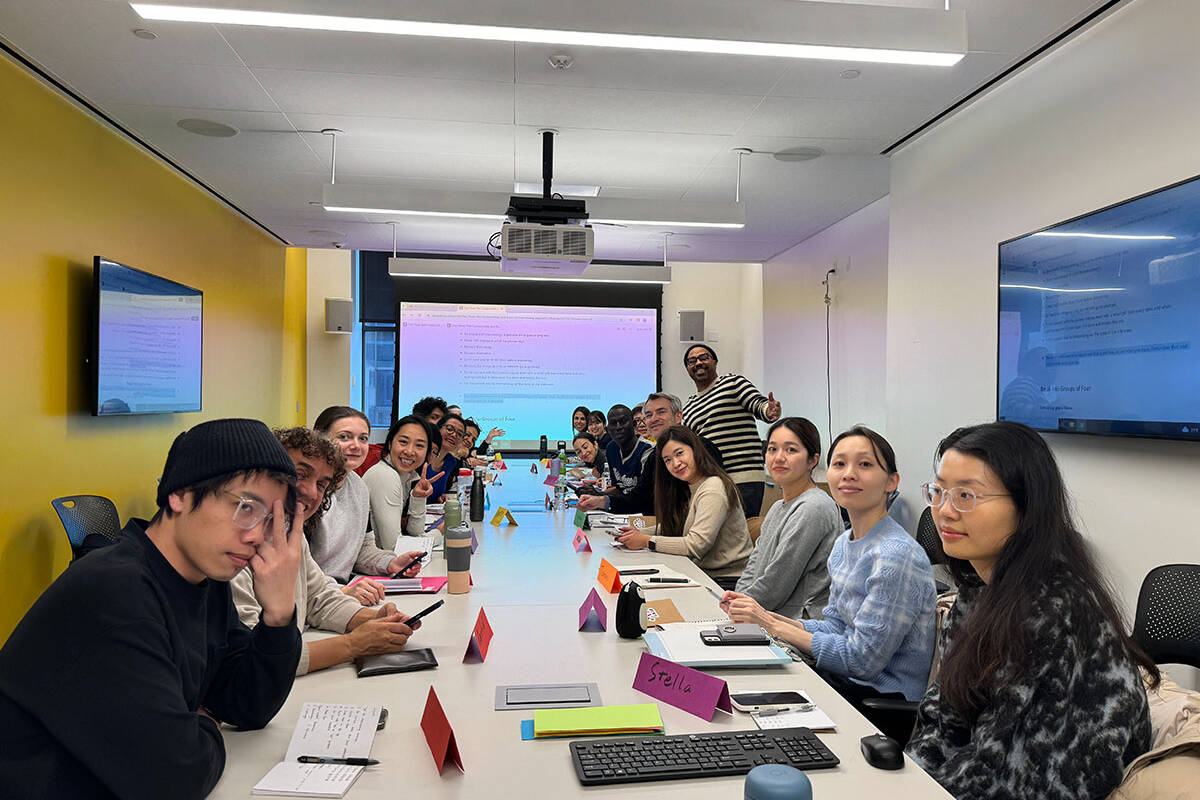Capturing Time: My Journey Into the Art of Time-Lapse Photography
Client: Digital Photo Magazine and Getty Images | Role: Photographer and Writer | Location: New York
When I bought my first professional camera, there were two things that I wanted to do. First, I aimed to shoot portraits of all my friends, family, kids in the neighborhood, and friends of friends who I thought had an intriguing look or style. This opened up quite a few doors. Second, I wanted to shoot time-lapses around the city.
I was drawn to time-lapse photography because of a visually compelling film, “Koyaanisqatsi,” released in 1982. I only encountered the film years later as an undergrad, striving to develop my eye through independent studies. In college, most of my classes focused on the techniques of executing creativity rather than understanding the aesthetics of it. The only way to achieve that understanding was through personal projects and studies, such as visiting creative institutions like MoMA or exploring the graffiti-filled streets and alleyways of the Lower East Side. Another favorite activity was buying a coffee at Barnes & Noble, grabbing about 30 magazines, flipping through them, taking pictures of the things I wanted to remember with my flip phone, then putting every magazine back where I found it and going home.

Now, time-lapse photography requires a lot of patience. At the time, it needed a professional camera, and something called an intervalometer, which is essentially a fancy remote that dictates how many moments you should wait until taking the next picture. Time-lapse photography should be called “photography time-lapse” because, even though you’re creating time-lapses, you’re engaging in the act and art of photography.
So, when I could afford my first professional camera, knowing one of its benefits was the ability to create my own time-lapse photography, I was thrilled. However, just because you have a professional camera doesn’t mean you can immediately start shooting time-lapses. There are a lot of extra components needed. For example, you need a sturdy tripod to shoot an excellent time-lapse—not the cheap $30 ones from Amazon or Best Buy. Spending a couple hundred dollars can get you a decent tripod that will last for years, usually between $300 and $500 for a decent professional start. I’m sure cameras today have all the components needed to shoot a time-lapse by simply dialing the settings directly into the camera. Still, when I started, I had to buy an intervalometer and as many memory cards as possible. When shooting time-lapse, especially if aiming for super high resolution, shooting in RAW is necessary, though JPEG suffices for high-definition time-lapses.

Time-lapse photography is a creative puzzle that dwells in landscape and action photography. For example, as a landscape, when you’re doing time-lapse photography, you’re looking to capture something moving across a timeline. A great and easy example is clouds. Even if they appear still, they are moving. If you want to see how fast they move or make them move faster, you use time-lapse photography. Aiming your camera at the sky and programming your intervalometer to take one picture every second or every minute can dramatically change the perception of speed, making clouds seem to move faster or slower.
Once I had a few decent time-lapse videos under my belt, I made a shot list of what I wanted to capture around New York. This was probably the best thing I could have done because it gave me a purpose and intention when I was out shooting, ensuring I didn’t waste time wondering what to capture. My biggest concerns were external factors like the weather and the position of the sun, which I had no control over but greatly impacted the outcome of my shots.

After accumulating about 30 time-lapse videos, I created a sizzle reel of my accomplishments. I chose the best dozen or so clips from the 30 I had created and made a 60-second reel, which I uploaded to Vimeo. It did well, and I even submitted it to a Sony film festival. Although I didn’t win, I received an honorable mention, which led to a producer from what was then known as Digital Photo magazine reaching out to me. They wanted me to write an article on creating a time-lapse, which I did in my own voice and writing style. The article was published globally, marking my first professional writing credit in photography. It was a labor of love, and I had no idea it would lead to a business opportunity. Later, when I needed money, I was surprised to receive a check from the magazine covering my rent. It was a perfect example of how work and seeds planted months ago can bear fruit, allowing you to continue working on your dreams and passions as an independent contractor.

These days, I don’t do many time-lapses, if any at all. While I thoroughly enjoyed the process and this chapter of my life where I was obsessed with the art of time-lapse, the most significant outcome was the personal project that opened the door for me to collaborate with Digital Photo magazine, as well as create a residual income by uploading all the clips to Getty Images. Every few years, I receive a nice check that helps with some projects I’m working on. This experience also established my reputation for time-lapse photography, leading to assignments where I would shoot time-lapses, deliver the clips, and receive payment. I have three mottos: the first is “make it happen,” the second is “don’t die with your story,” and the third is “create the work you want to be hired to do.” Making this series of time-lapse videos is the digital embodiment of that third motto.
Creating time-lapse videos wasn’t just about the technical challenge or the income potential; it was about pursuing a passion and finding a way to meld creativity with opportunity. The process taught me the importance of preparation, such as making a shot list, which significantly streamlined my workflow and maximized my effectiveness in the field. It underscored the value of embracing both the controllable and uncontrollable elements of photography, such as weather and lighting conditions and using them to enhance the artistry of my work.
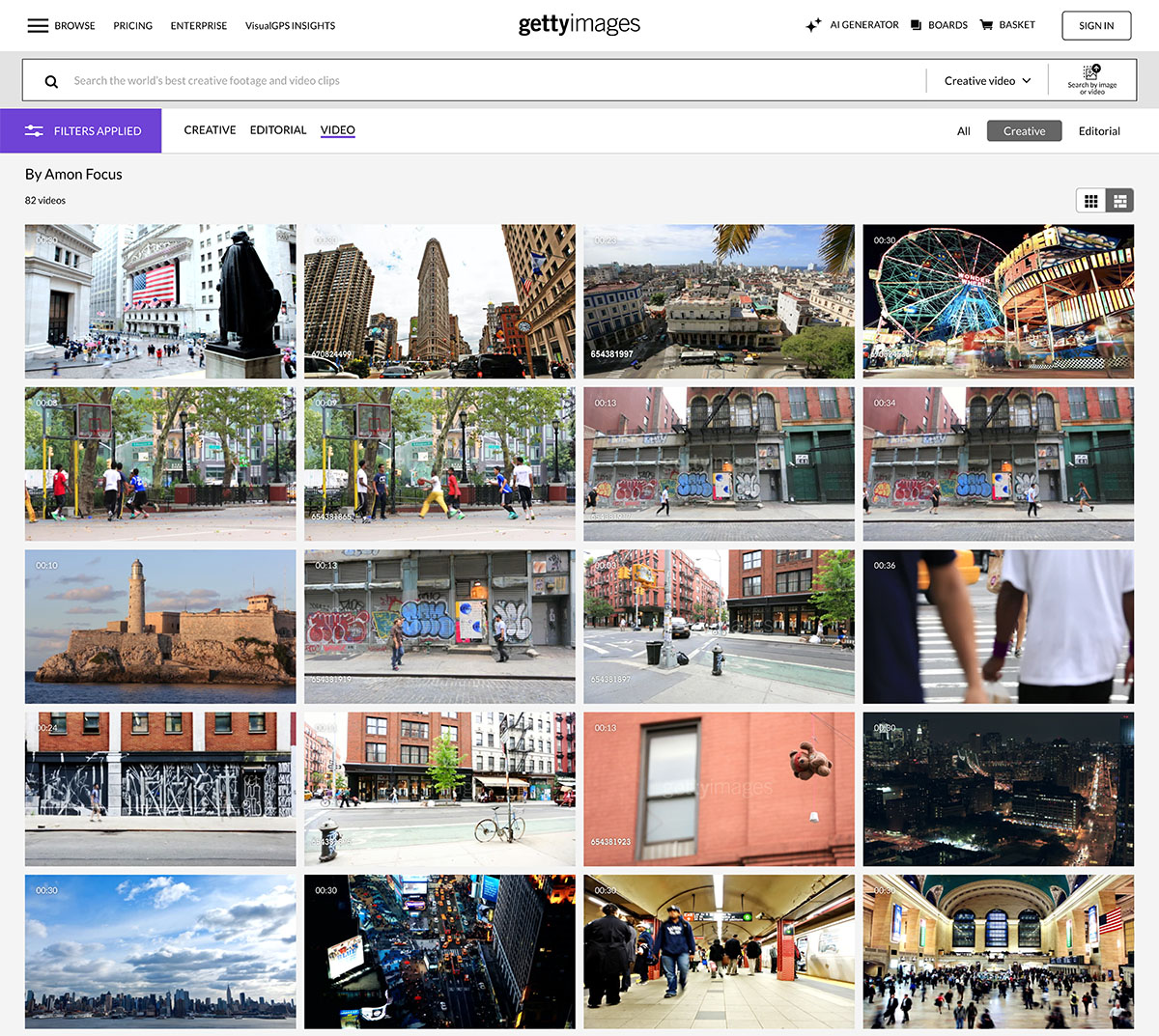
Moreover, the experience highlighted the unexpected ways personal projects can evolve into professional opportunities. The article I wrote for Digital Photo magazine was intended to share my love and knowledge of time-lapse photography. Still, it also opened up new avenues for me in the photography industry. It was a reminder that sharing one’s passion and expertise can lead to unforeseen rewards, both financially and professionally.
My journey into time-lapse photography was not just about capturing the passage of time in an artistic manner. It was about growth, both personal and professional. It taught me the value of patience, persistence, and preparation. It showed me that passion projects can lead to professional opportunities, and it reinforced the idea that creativity, coupled with dedication, can open doors to new experiences and achievements. This chapter of my life centered around the art of time-lapse photography may have closed, but the lessons learned and the doors that opened, as a result, will forever influence my approach to photography and life.
Thanks for walking with me.



